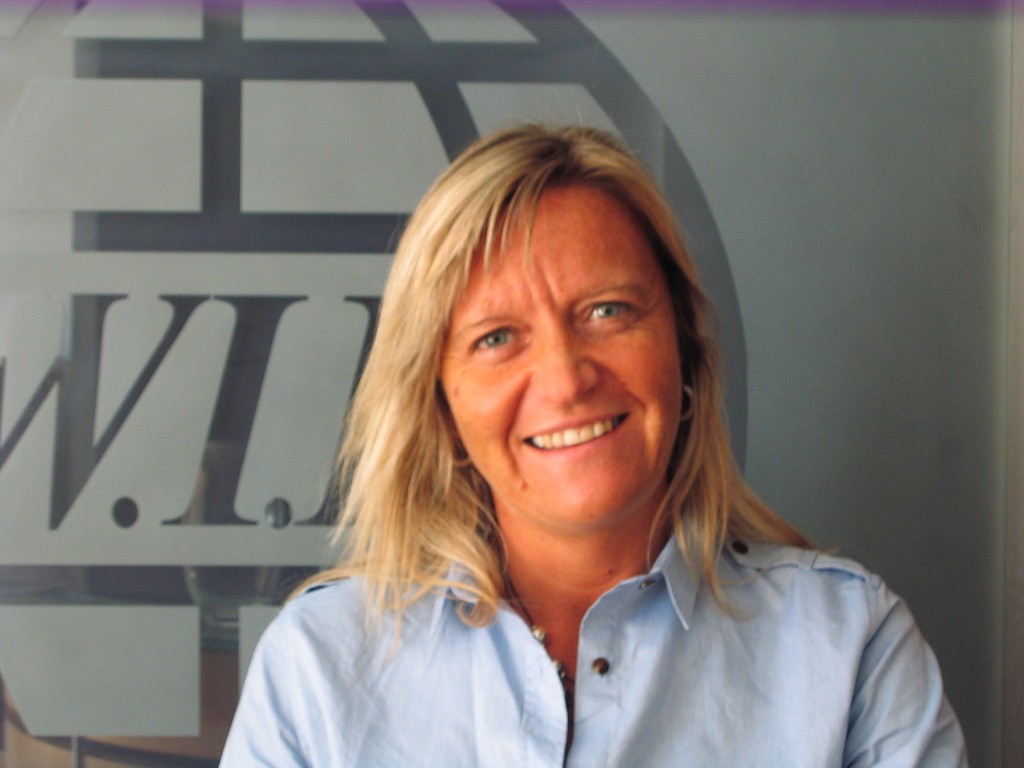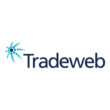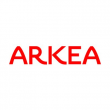T2S: Doing nothing is not an option
As the implementation of T2S approaches, there is still a gap between the readiness levels of different types of market participant, new Celent research finds. But a ‘wait and see’ approach can only take some firms so far, argues Isabelle Olivier.
TARGET2-Securities will dramatically change the post-trade landscape in Europe, affecting every participant. The winners will be those financial institutions that use the new platform as an opportunity to rethink and redesign their business and technology strategies; the losers could be the firms that view it as merely a technical change project.
T2S is a totally new platform designed by the European Central Bank to provide delivery versus payment against central bank money. Because it is new, some firms have adopted a ‘wait and see’ approach, reluctant to make strategy decisions until more information is available about what the post-trade landscape will look like under T2S.
Two recent research papers from Celent, sponsored by Swift, show progress has been made during the past year (since Celent’s earlier piece of research) in terms of preparations for T2S, particularly by the firms most affected by it: international central securities depositories, CSDs and eurozone regional custodians. On the other hand, most global and local custodians are playing a waiting game; their strategies will depend to a large extent on the post-trade services the organisations within the first group offer.
The European post-trade industry is in a state of flux and a number of possible post-trade strategies are emerging, according to Celent. These include custody ‘light’, account operator model, sponsored settlement, self-clearing/settlement and CSD rationalisation of settlement. No single model has yet emerged as the frontrunner.
To date, 24 CSDs have decided to join T2S, outsourcing the settlement function and thereby set to lose a key revenue stream when T2S becomes operational. The first of four migration waves begins in June 2015, followed by wave two in March 2016, wave three in September 2016 and the final migration set for February 2017.
On a technical level, most CSDs have completed the complex task of ensuring they can generate the required XML messages for communication with the T2S platform. But to remain competitive in a world where the settlement function has been commoditised and competition intensified, CSDs will have to offer new, additional services or form partnerships, thus bringing them closer to the traditional custody model.
Apart from two notable exceptions, mentioned below, most global custodians are holding back on their T2S strategies. The platform will enable them to rationalise their business models by reducing or eliminating several intermediaries. Driven by other financial industry regulations and issues of liability, some global custodians are demanding segregated accounts from their sub-custodians (CCPs have similar concerns with EMIR).
Regional custodians are poised to gain the most from T2S by becoming pan-European operators. These firms can rationalise their settlement activities by becoming direct connectivity participants to T2S, thereby partially bypassing CSDs. They also will be able to expand beyond their current markets and offer new services such as unbundled settlement and asset servicing, custody services, account operator model (whereby they operate the account of the client at the CSD or in T2S but the account is in the name of the client), liquidity and collateral management services.
The smaller custodians that operate in only one or a few local markets are threatened the most; they may see their clients migrating to Eurozone regional custodians. In defence, some local custodians are trying to survive by focusing on niche services, such as local expertise in fiscal and asset servicing.
With T2S, both custodians and CSDs have the potential to compete with ICSDs and vice versa. The anticipated reduction in the number of CSDs across Europe has yet to materialise – in fact, the number of CSDs has increased.
Local CCPs that are usually part of a vertical silo may have to access T2S via the CSD of that silo or use another T2S access point for contingency and collateral management. The silo may be able to move liquidity from other venues such as trading cash and/or OTC derivatives clearing and/or from post-trading. Regional CCPs can leverage T2S connections to rationalise their settlement activities; this will draw some volume away from the local CCPs. Finally, although broker-dealers are still waiting for more clarity, some of them are motivated by similar considerations around rationalising settlement and financing options.
Collateral management and asset servicing are likely to be the two areas in which some players in the T2S landscape will seek to differentiate their services and compete effectively. For example, global custodians BNY Mellon and JP Morgan have each targeted collateral management as a strategic focus.
Basel and OTC derivatives reforms have pushed collateral management up the agenda and custodians are looking to offer brokers and other client’s solutions that will enable them to optimise their collateral, calculate margins and automate margin calls. Some I/CSDs are already offering collateral pooling or management solutions. Their connections to T2S will ease the flow of collateral through their solutions. The pressure will be on local CSDs to offer more customised, local collateral solutions for customers that are accessing them for pan-European settlement.
Broadly there are two different types of participants in asset servicing: the supply-side firms such as local and regional custodians, ICSDs and to some extent CSDs. This group is restructuring, innovating and in some cases building up asset servicing capabilities in preparation for T2S. The buy-side firms, which are global custodians, CCPs and broker-dealers, are waiting to see what will be on offer.
T2S is an important change for all industry participants. Those that have already made their decisions about their strategy still have work to do, while those yet to decide must seek out the right advice; change cannot be avoided.
Those organisations that have decided to access T2S directly should be ensuring they are compliant, and have analysed and understood all of the changes required for this new operating environment. They also need to ensure that they understand the XML standards being used for T2S and that their systems can translate and map information from the back office into T2S messages. Consultation on technical issues and on standards can help to ease the burden for these firms. Testing is another area often overlooked, but vital to ensure the transition to a new platform is successful.
At this stage connectivity is the most urgent issue as the deadline looms. However firms also should be considering the new services and opportunities they can exploit with T2S. Those firms that have yet to make a decision need to gather as much information as possible about the services such as collateral management and asset servicing that will be on offer in the T2S world. This will enable them to make informed, intelligent decisions about how they will compete.
Given the variety of options available for different industry participants it is unlikely that we will see a ‘big bang’ approach to T2S. There will be a slow and gradual transition, where players will carefully consider all possible alternatives before making a final decision. Doing nothing is not an option.












































